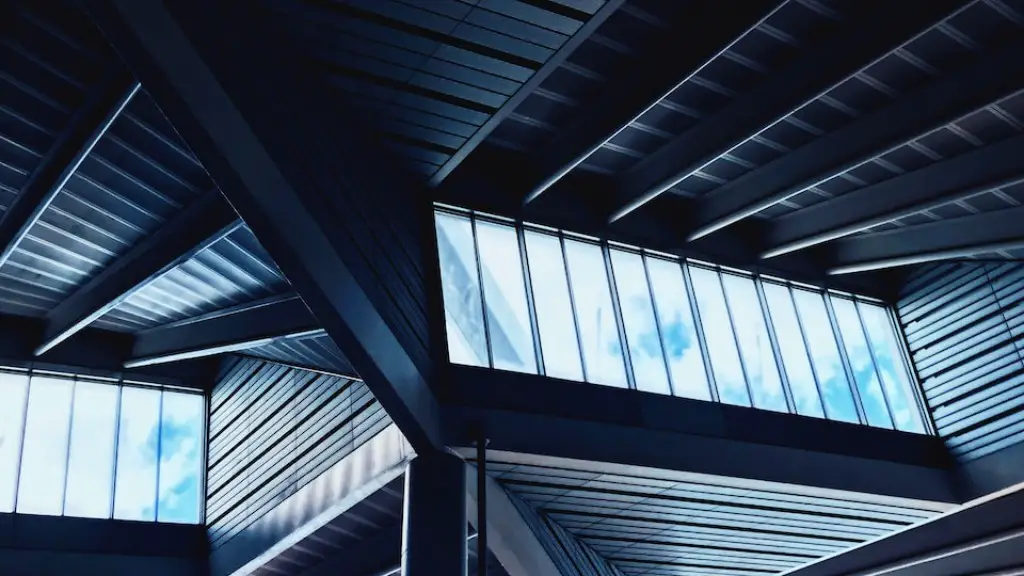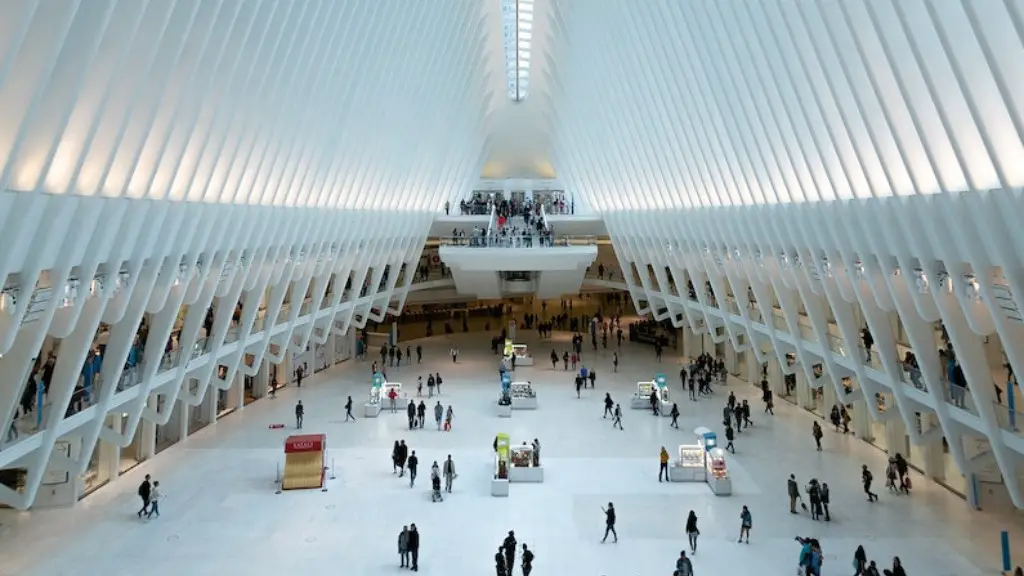The concept of ecology in architecture is not a new one; it has been around for many years. Its purpose is to design buildings and structures that are in harmony with their environment and promote sustainable development. The idea is to create structures that are energy-efficient, use natural resources wisely, and reduce the impact that humans have on the environment. By incorporating ecological principles into architecture, buildings can become places where people can learn, work, and live in a safe and healthy environment.
In terms of human health, incorporating ecology into architectural design is vital. When buildings are designed with efficiency in mind, they help reduce air pollution, noise, and dust, making them healthier places to live, work, and play. In addition, buildings should also be designed with the intention of protecting the environment as much as possible. This includes using sustainable building materials, rehabilitating natural systems, and using natural ventilation instead of air conditioning.
When it comes to energy-efficiency, there are a number of ways in which ecology can be applied to architectural design. For example, buildings that are constructed using renewable sources of energy, such as solar or wind power, can help reduce carbon emissions. Additionally, traditional materials such as stone, wood, or clay, can also help reduce energy consumption as these materials require less energy to produce.
When it comes to water conservation, eco-architecture plays a major role. Buildings and structures should be designed in a way that reduces water waste and encourages rainwater harvesting. Additionally, the use of native plants in landscaping helps reduce water consumption and adds an aesthetically pleasing element to a building’s design. The use of green roofs and walls also helps conserve water by reducing runoff and improving air quality.
In addition to environmental considerations, it is also important to consider the impact that buildings and structures have on the social and economic wellbeing of a community. A well-designed building can have a positive effect on a community by promoting public health, providing public space and amenities, and stimulating local economies. Furthermore, an architect should always strive to create designs that allow users to interact with their surroundings.
Overall, ecology in architecture is an important concept to understand and implement in our built environment. It is important to consider the environment, public health, energy-efficiency, and social and economic considerations when designing buildings and structures. The use of sustainable building materials, green roofs and walls, and rainwater harvesting systems can all help to create structures that are both eco-friendly and socially beneficial.
Accessibility
When it comes to ecology in architecture, accessibility is a key factor. Buildings and structures need to be designed with the intention of providing safe and accessible environments for everyone, including those with disabilities. This means taking into account the needs of the elderly and those with physical or sensory impairments, as well as making sure that the design of the building allows for equitable access. Additionally, it is important to consider the lighting and sound of the building and make sure that these are within acceptable levels.
When it comes to promoting sustainability, it is also important to consider the potential environmental impact of the building over its lifetime. This includes evaluating the energy consumption of the building and exploring ways to reduce this. It is also important to consider the materials used in the construction of the building and explore ways to reduce their environmental impact.
Another important aspect of ecology in architecture is the consideration of community life. Buildings should be designed with the intention of promoting social interaction, collaboration, and a sense of belonging. This can be achieved through the use of public spaces, shared amenities, and welcoming design features.
Conclusion
In conclusion, it is clear that incorporating ecology into architectural design is an essential component of sustainability. Buildings should be designed with the intention of preserving and protecting the environment, promoting public health, providing accessible environments, reducing energy consumption, and promoting social interaction. By doing so, buildings and structures can become places that are both eco-friendly and socially beneficial.
Infrastructure
When it comes to ecology in architecture, it is important to address issues of infrastructure. This includes making sure that the building is equipped with efficient heating, air conditioning, and lighting systems and using renewable sources of energy such as solar and wind power. Additionally, buildings should be designed with the intention of reducing waste and energy consumption. This can be achieved by incorporating water-saving features, making use of natural daylight, and investing in energy-efficient appliances and fixtures.
In addition to infrastructure, eco-architecture also needs to take into account the use of materials. This includes making sure that materials are sourced sustainably and responsibly, avoiding the use of materials that may be hazardous or that have a high environmental impact. It is also important to consider the reuse and recycling of materials in order to conserve resources.
When it comes to constructing buildings and structures, it is important to remember that ecology is not just about the material used but also the way that it is used. This includes using efficient building techniques that reduce waste, using recycled or reclaimed materials, and incorporating green roof and wall solutions to reduce energy consumption and runoff.
Urban Design
When it comes to ecology in architecture, urban design is an important factor. This includes looking at how buildings and structures fit into the urban context, how these contribute to the overall environment, and how they contribute to a sense of place. Good urban design incorporates elements such as green spaces, public spaces, and amenities that promote social interaction and collaboration.
Additionally, when designing cities, it is important to consider how buildings and structures are connected. This means making sure that there is a good balance between public and private space, promoting pedestrian and public transit options, and creating an urban environment that is conducive to healthy lifestyles. Additionally, urban design should also account for natural features such as trees and green spaces and make sure that these are integrated into the design.
Finally, it is important to consider the impact of buildings and structures on the surrounding ecosystem. This includes making sure that buildings are designed with the intention of preserving natural resources and ecosystems and making sure that any changes to the environment are done with care and consideration.
Technology
In terms of ecology in architecture, technology plays an essential role. Building designs should account for the latest advancements in technology in order to ensure that structures are energy-efficient and sustainable. This means looking at ways to incorporate smart technologies such as solar panels, smart lighting systems, renewable energy sources, and energy-efficient appliances. Additionally, making use of virtual reality and augmented reality technologies can help to reduce the need for physical mock-ups and aid in sustainable design decisions.
When it comes to building automation, ecology in architecture also plays a role. Automation systems can help reduce energy consumption, promote safety, and manage water usage. In addition, integrating artificial intelligence into building designs can help to optimize energy efficiency and improve maintenance processes.
In terms of ecology in architecture, it is important to remember that technology is constantly evolving and that it is important to keep up with the latest advances. By making use of the latest technologies and incorporating them into eco-friendly building designs, we can create more sustainable and efficient structures that are beneficial to both the environment and society.




